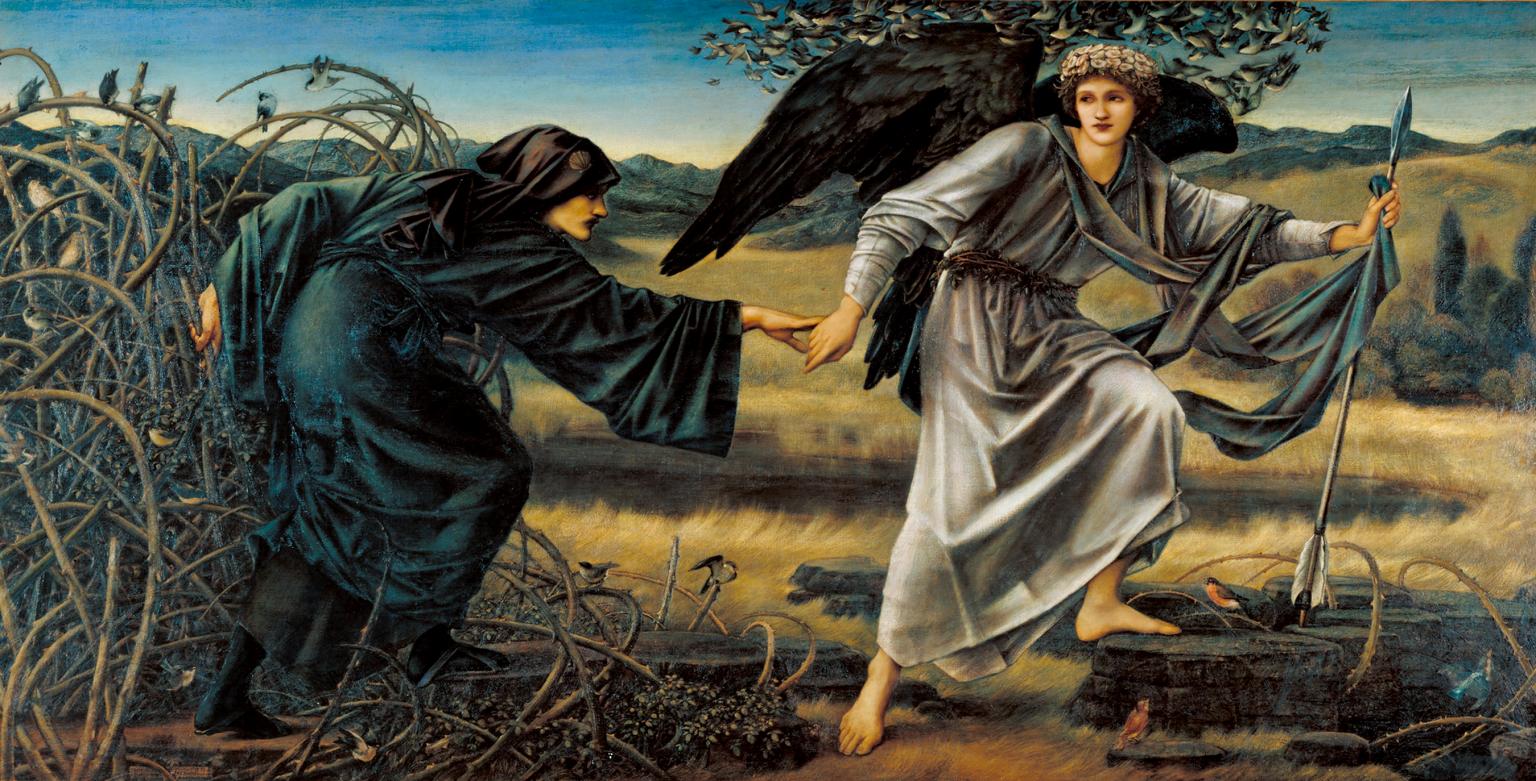If one accepts that the culture industry which Theodore Adorno describes is for everyone, then it cannot be neutral. This goes back to an earlier argument made by Carl Schmitt when he wrote “Technology is always only an instrument or a weapon; precisely because it serves all, it is not neutral”.
The mass media, in which one might have seen the hopes of creating a “neutral domain” ultimately, as Schmitt originally predicted, descends back into being an arena of controversy and a weapon to be used against one’s enemies.
This is because, even if the advent of media has subsumed the existence of art, the makers of media craft with a particular end in mind, even if that end is not moral. Increasingly, the creation of media content is something which is opened up to the public and which different groups can utilize to different ends.
It is open to everyone and not only is its production open to everyone but also its distribution with the naissance of the internet. It is true, that perfectible beauty is not the end of this media content, but there are other ends to be pursued. Then, precisely because those ends can be different “we” are still not universal.
In understanding this argument, one can go back to Schmitt who wrote “The specific political distinction to which political actions and motives can be reduced is that between friends and enemies … The political enemy need not appear as morally evil or aesthetically ugly … he is nevertheless, the other, the stranger”.
Thus, one can strip away from human creation all notion of beauty or values, yet still be left with a tool to be used by the exclusive “we” and a weapon to be used against the exclusive them. But it is important to understand how such a weapon is used.
The media is not such a clear cut form of technology as Schmitt dealt with originally, it cannot be turned on someone to kill them as can a gun. Media is by definition a cultural weapon aimed at cultural enemies and not against individuals.
It does not kill you physically but kills your cultural identity and brings you into the still exclusive “we”. It is this media as a cultural weapon which makes a student from Iran listen to rap and protest for democracy, but which equally inspires children in the west to go to Syria to fight for Daesh. The export of media makes you a stranger to your own culture and a friend to another.
Under this comprehension, the enemy is not as Schmitt would have identified it, because Schmitt was very explicit that under his understanding the only enemies that existed were the ones that a political community had agreed were enemies and that it is this ability to agree on who is an enemy which defines whether or not a group of people are a political group.
For Schmitt, that had to include a willingness to turn even to violence and within his own context he situates his comments in the framework of the state.
The idea of cultural enemies is something quite distinct, because one cannot sit down and agree or disagree on certain groups being cultural enemies, as one could have done under Schmitt’s conception. They simply are enemies. Although different cultures may not be constantly fighting, they are always seeking to defend and expand their own way of life.
What’s unique about the liberal regime is that no longer is there any requirement to give a theoretical, moral or economic reason for conflict, one merely uses media as a weapon against one’s enemies because the neutral state require that everyone be neutral, because if a universal tolerance for everyone isn’t tolerated by everyone else, then neutrality cannot function at all.
Therefore, there is an imperative drive within the liberal regime to fight its cultural enemies to convert them to their own neutral status. The way to then get over the obvious paradox, that one cannot be truly neutral if one is willing to use unprovoked acts of aggression to enforce one’s own neutrality, is that media doesn’t require the political community to declare another group an enemy, it is merely the unconscious creation, production and execution of a cultural attack against others.
But one might question if these unconscious enemies are really enemies if all “we” are willing to do is to unconsciously attack them with weapons of the media. In a sense one can still regard them as enemies, one can still regard them as very much real and not illusary.
However, as long as one’s conception of who “we” are is defined by our cultural enmity with another group, then that other group does not correspond to be being the kind of enemy that was spoken of in the introduction of this essay because “we” need them to exist. The whole idea of having cultural enemies falls down in that “we” can’t destroy them without destroying ourselves because then “we” wouldn’t be a group anymore with meaningful cultural distinctions.
